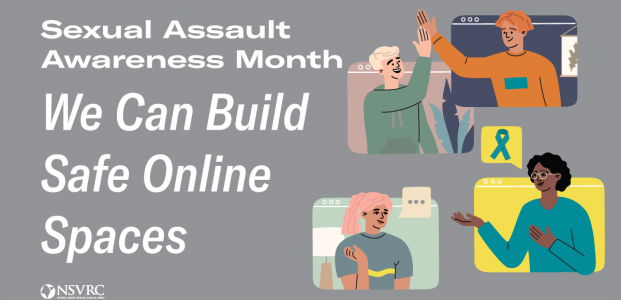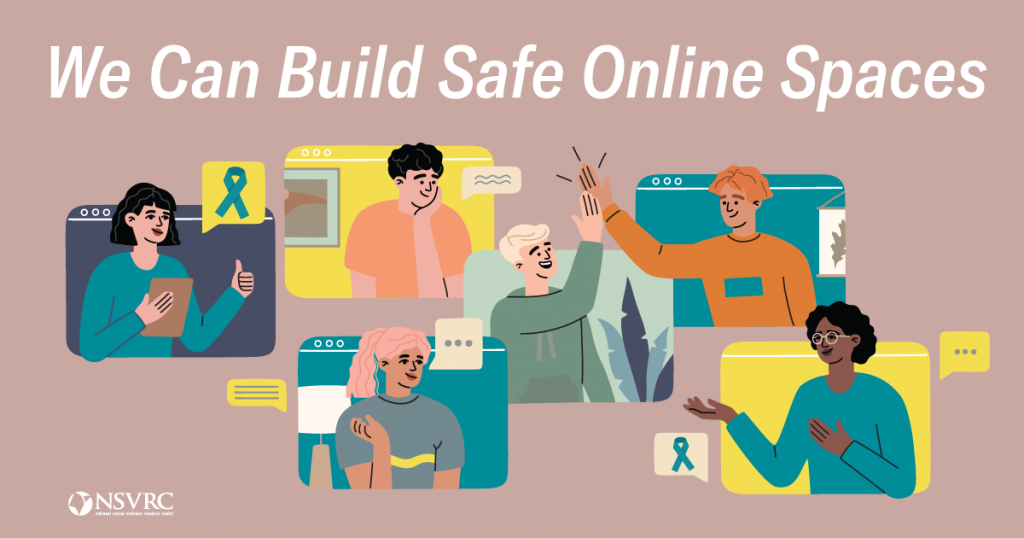CONTENT WARNING: This post discusses online sexual abuse and harassment. Please contact these services for support.
April is Sexual Assault Awareness Month, or SAAM for short. The theme this year is We Can Build Safe Spaces Online, which is all about the importance of digital consent. We already know that young people are more commonly engaging in sexual behaviours online and on social media, the important part is making sure that these behaviours are consensual, and preventing online sexual abuse and trauma. So we’ve compiled a list of 3 key ways to stay safe in online spaces.
Treat online sexual activity the same as in real life.
Consent is exactly the same online as in real life. Nobody is entitled to your body without your permission. When engaging in any kind of sexual activity online, it is absolutely crucial to check in with your partner regularly, to ensure both parties are safe, comfortable and consenting. Remember that consent can be revoked at any time and you or your sexual partner are under no obligation to give a reason why. And of course, if you have previously consensually sexted or engaged in other online sexual activity with someone, you still need to ask consent each time and receive permission before proceeding further.
Understand what online sexual abuse means.
Online sexual abuse can come in many forms, stigmatisation and ignorance around young people engaging in sexual activity online means that sometimes it can be hard to identify if you’re in an abusive situation. According to Project deSHAME, online sexual abuse is defined as any type of unwanted, sexualised behaviour directed at a person. There are four main types of online sexual abuse, and these sometimes overlap depending on the specific situation. These are, non-consensual sharing of intimate images or videos, exploitation, coercion and threats, sexualised bullying and unwanted sexualisation of an individual. Examples of online sexual abuse include unsolicited nude photos or videos, “convincing” someone to engage in sexting, shaming someone for choosing to engage or disengage with online sex and even catfishing. Just like in real life, online sexual abuse is a crime and perpetrators can be prosecuted for their actions. To learn more about what constitutes online abuse, check out the online harassment field manual. If you think you may have been sexually abused online, but aren’t sure what to do next, get into contact with these resources for help.
If it happens, you are not alone.
Unfortunately, 1 in 4 young men and women experience digital sexual harassment in their later teenage years which is a disturbingly high statistic. Thousands of Australian young people experience different forms of digital sexual harassment whether it be through offensive language, unsolicited or non-consensual image sharing or sexually violent threats. However, thankfully this means there are heaps of resources available, should you become a victim of online sexual abuse and need support. The Kids Helpline, 1800 RESPECT and Lifeline are all excellent resources that are easy to access at any time, from anywhere and you can remain anonymous the whole time.
Throughout April, the National Sexual Violence Resource Centre has been doing some incredible work raising awareness about sexual assault. If you’d like to get involved, follow this link.


